Huacheng Cable ‖ Wire and cable identification method introduction
Huacheng Cable ‖ Wire and cable identification method introduction
The color and number identification method of single-core and multi-core cable insulated cores are clearly defined in the national wire and cable related product standards. However, the product standards are different, and the color identification chromatogram or digital identification method of the insulated core is also different, which is very easy to cause confusion in the daily wire and cable production and acceptance. The following is based on the relevant national standards to sort out the identification method of the plastic insulated cable insulated core identification, so that everyone can use it as a reference in daily production or product acceptance. However, please refer to relevant national or industry standards for detailed identification requirements for insulated cores such as mining rubber sheaths and general rubber sheathed flexible cables.
There are two ways to identify the wire and cable: color and number. The object of the identification mark is the product body, such as the insulated core and sheath. Some products such as overhead stranded wire are not suitable for identification on the body, and other methods can be used. Such as on the certificate and so on. The sheath mainly refers to the identification mark of the finished product. Of course, some products only have an insulating structure, that is, the finished product identification mark is carried out on the insulated core. GB/T 6995-2008 is the basic standard for wire and cable identification marks.
1. Insulated wire core identification marking method
1. Polyvinyl chloride insulated wires and cables with rated voltages of 450/750V and below (GB/T 5023-2008, JB/T 8734-2016, JB/T 10491-2004)
For cables with 5 cores and below, color recognition is preferred.
1-core cable: no chromatogram is preferred;
2-core cable: no preference for chromatogram;
3-core cable: yellow/green, blue, brown or brown, black, gray;
4-core cable: yellow/green, brown, black, gray, or blue, brown, black, gray;
5-core cable: yellow/green, blue, brown, black, gray, or blue, brown, black, gray, black;
6-core and above cables: digital display is preferred, and the writing should be clear and scratch-resistant.
Note: Any multi-core cable should not use yellow and green that are not a combination of colors; red and white should be avoided.
Two-color distribution of the yellow/green combined color insulated core: one of the colors should cover at least 30% of the surface of the insulated core and no more than 70%, and the other color should cover the rest of the insulated core. When the yellow/green combination color is used in accordance with the above regulations, it means that it is used to identify the insulated wire core connected to ground or similar protection purposes, and the blue is used as the insulated wire core connected to the neutral wire. If there is no neutral wire, the blue color can be used to identify any insulated core other than the grounding or protective conductor.
As the insulated core of the neutral wire, blue should be used as the color identification. At the same time, in order to avoid confusion with other colors, light blue is recommended.
2. Plastic insulated control cable (GB/T 9330-2008)
2-core cable: any two colors;
3-core cable: yellow/green, light blue, brown or light blue, black, brown;
4-core cable: yellow/green, light blue, black, brown or light blue, black, brown, black or brown;
5-core cable: yellow/green, light blue, black, brown, black or brown; or light blue, black, brown, black or brown, black or brown.
Note: When the insulated cores of cables with less than 5 cores use colored markings, unless the insulated cores identified by the combination of yellow/green are used, each insulated core of the cable should not use yellow and green that are not a combination of colors.
Two-color distribution of the yellow/green combined color insulated core: one of the colors should cover at least 30% of the surface of the insulated core and no more than 70%, and the other color should cover the rest of the insulated core.
If it is recognized by numbers, the handwriting should be clear and scratch-resistant, there should be a dash under the number, and the spacing between repeated signs should not be greater than 50mm.
3. Power cables with rated voltages of 1-35kV (GB/T 12706-2008)
2-core cable: red and blue;
3-core cable: yellow, green, red;
4-core cable: yellow, green, red, blue;
5-core cable: negotiated by the supplier and the buyer.
Note: The colors yellow, green and red are used for the main core. Blue is used for the neutral core. To avoid confusion with other colors, light blue is recommended. Insulated cores that are not easy to be colored are allowed to be identified by marking yarns or marking ribbons.
4. When the insulated core of 1kV power cable adopts digital identification, the mark should be clear and scratch-resistant, and should meet the following requirements:
2-core cable: 0,1;
3-core cable: 1, 2, 3;
4-core cable (including 3+1 cores and 4 cores): 0, 1, 2, 3;
5-core cable: (including 3+2 cores, 4+1 cores, 5 cores) 0, 1, 2, 3, 4;
Note: 1, 2, 3 are used for the main core, and 0 is used for the neutral core. In 5-core cables, the number 4 refers to special purpose conductors (including grounding conductors).
2. Finished product identification mark method
The main content of the finished product identification includes: origin mark, function mark and length mark (if any), mark continuity, printing requirements, etc.
1. Origin mark and function mark
The cable should have a continuous mark of the manufacturer's name, product model specification, and rated voltage. The manufacturer's name mark is a repeated mark of the manufacturer's name or trademark, and product standards can be added when necessary. The content of the mark shall meet the requirements of the product standard. The logo can be printed with ink or embossed on the insulation or sheath.
2. Length identification
The distance of the length mark is at most 1m, and the length error is generally required to be ±0.5%
3. Mark continuity
The distance between the end of a complete mark and the beginning of the next mark:
—The sheath should not exceed 550mm;
—Insulation should not exceed 275mm.
Note: The power cable sheath should not exceed 500mm.
4. Printing requirements
The printed logo should have the requirements for scratch resistance and clarity.


 Company Profiles
Company Profiles Company Culture
Company Culture Message
Message Honor
Honor Video Center
Video Center Company Reality
Company Reality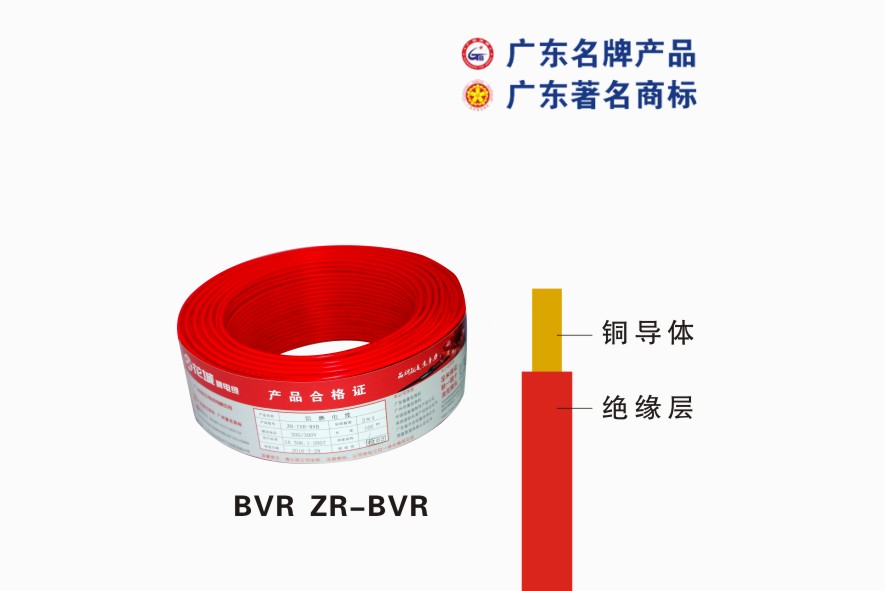 Pearl River Cable
Pearl River Cable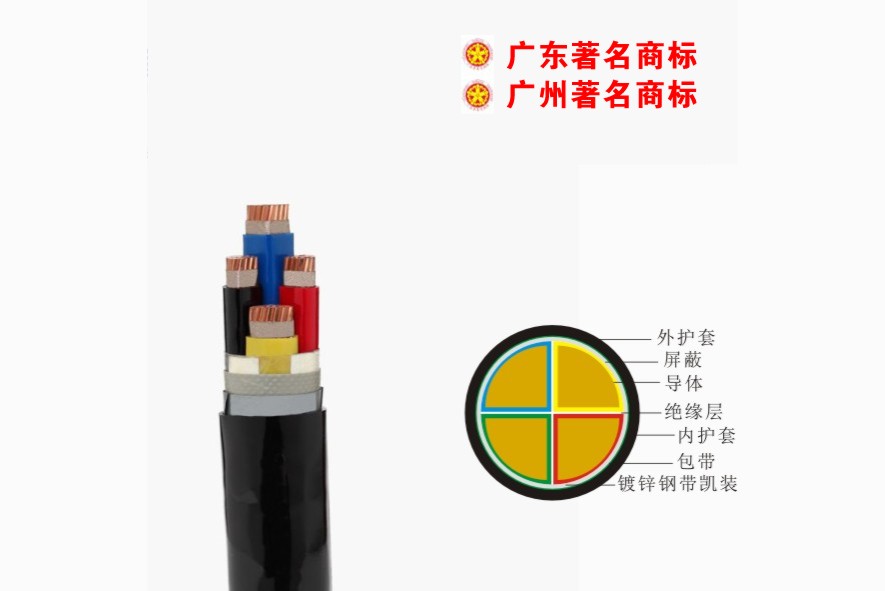 Low Voltage Cable
Low Voltage Cable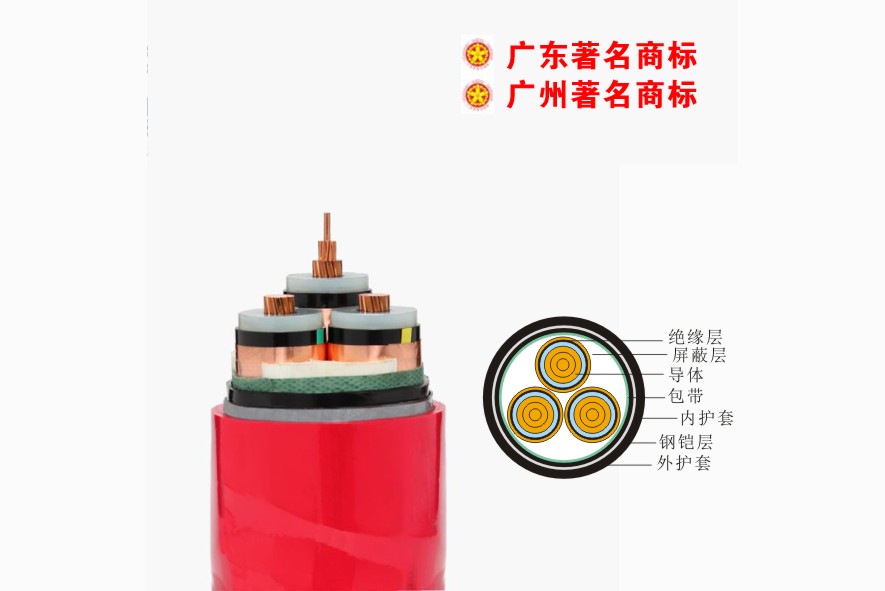 Medium Voltage
Medium Voltage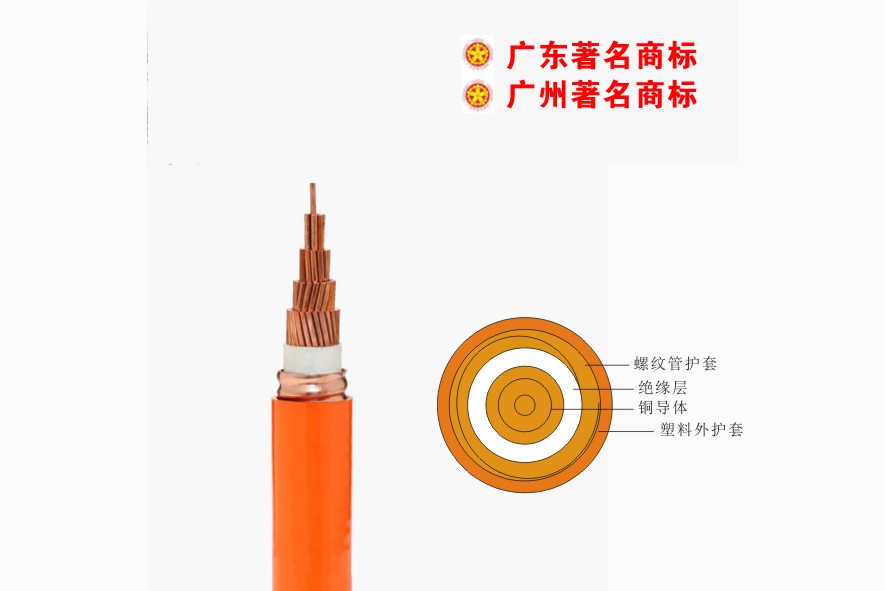 Mineral Cable
Mineral Cable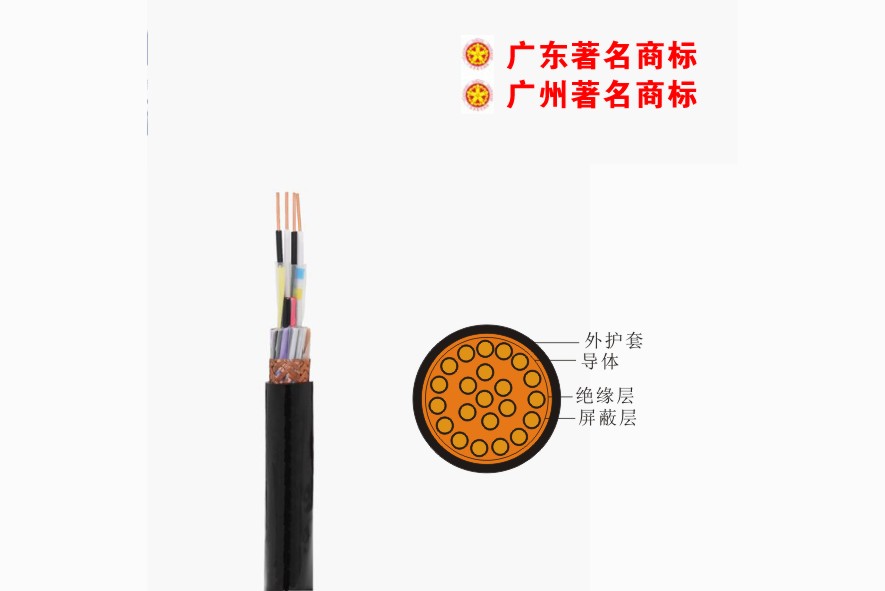 Control Signal Cable
Control Signal Cable Corporate News
Corporate News Cable Information
Cable Information Media Reports
Media Reports Network Reprint
Network Reprint


